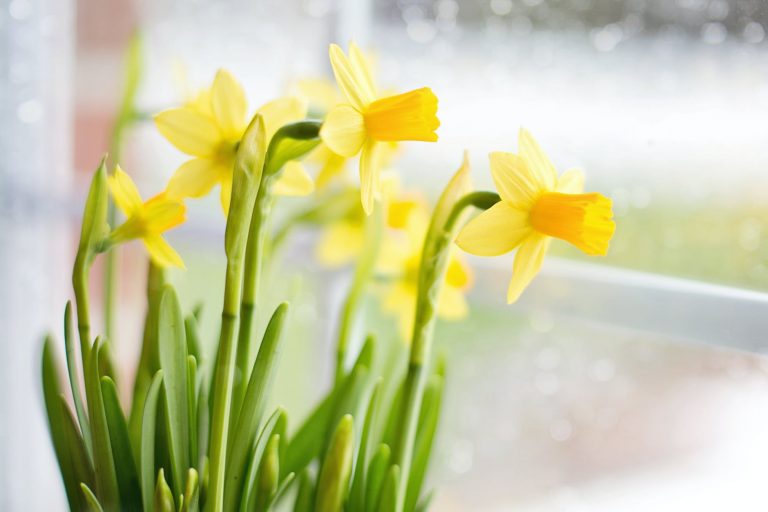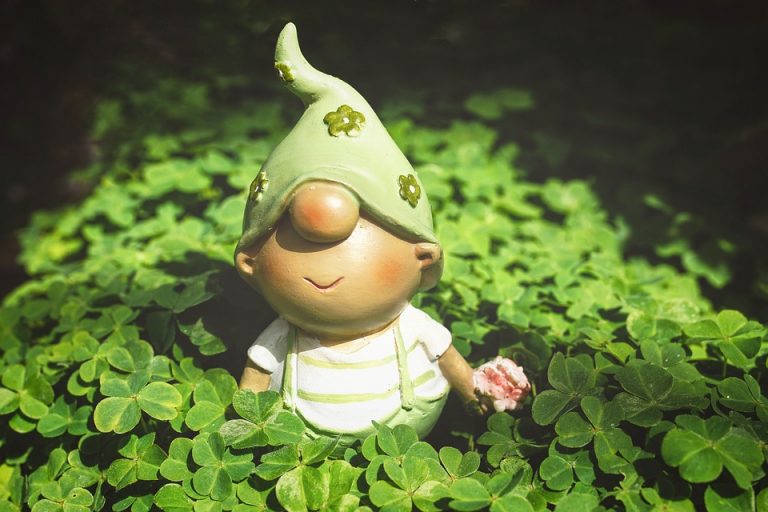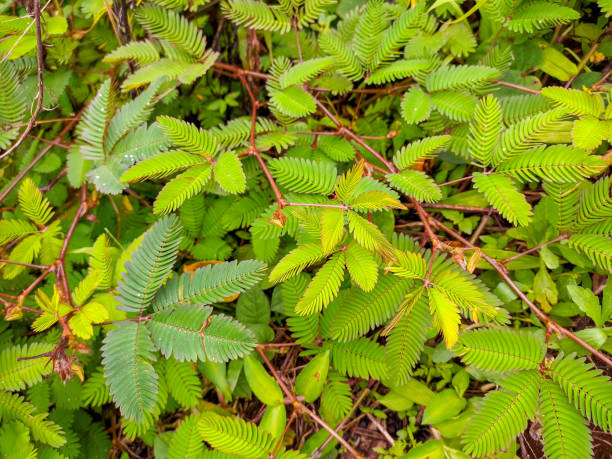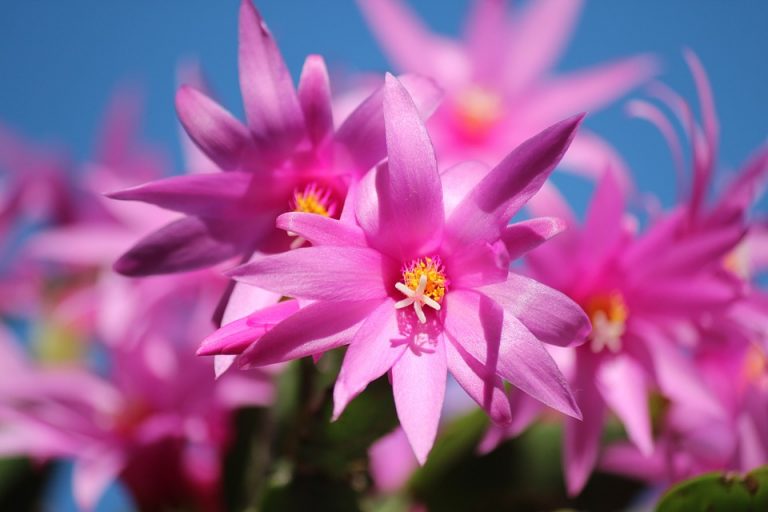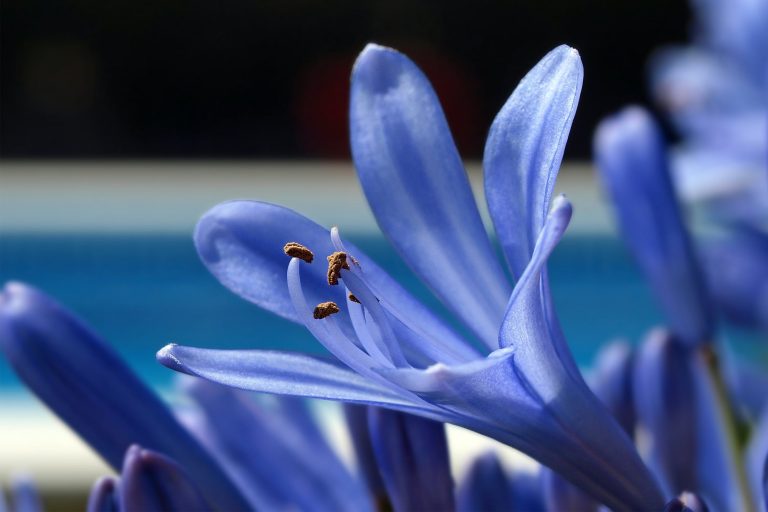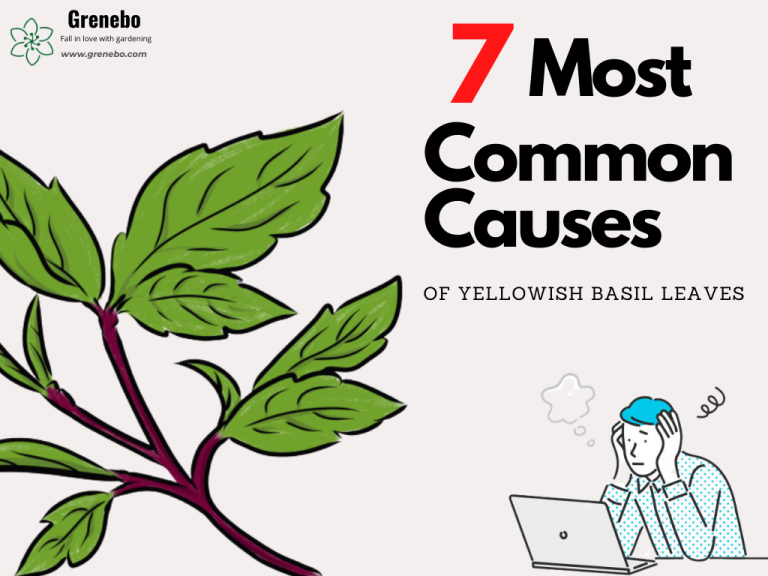What is a Jade Plant: A Prosperity and Friendship Plant
Jade Plant,a succulent subshrub Plant of the Crassulaceae family.
The leaves of Jade Plant are fleshy and thick, dark green and shiny, with strong water storage capacity and extreme drought resistance. Usually, it is not allowed to burn too much water, otherwise, it is easy to rot.

Native to South Africa, Jade Plant is an auspicious tree with thick, numinous leaves.
Morphological Characteristics
Succulent subshrub, to 30 cm tall, stems slender and easily branched, stem and branches usually vertical upward. Leaves are scaly triangular. Native to Namibia.
The leaves of the Jade Plant are fleshy, thick green, and shiny. Jade plants can reach heights of up to 3 feet (90 cm) in the wild and less than 1 foot (30 cm) in potted plants.

Jade Plant blooms in summer and autumn. The flowers are small and luxuriant, with waxy powder on the skin and sunken stomata to reduce transpiration. It is a typical xerophyte with strong asexual reproduction and can be planted and rooted immediately after leaf picking.
Ecological Habit
Be fond of sufficient sunshine environment, like warm dry and sunny environment, afraid of low temperature and frost and snow, resistant to half shade, in full sunshine, the plant will grow very strong beautiful appearance. However, Jade Plant is also tolerant and can grow in well-lit indoor environments, making it an ideal ornamental succulent.

Jade Plant needs full sunlight and good air to grow. Lack of light will hinder flowering. Avoid blackening of leaves in hot, humid, and cold environments.
Jade plants should not be suddenly moved from a dark position to bright light, the light needs to be gradually increased to adapt to the environment, otherwise, it is easy to damage the leaves. Jade Plant can withstand temperatures of 0 ° C as long as the soil is kept dry. Cold night temperatures may help to promote flowering. The average optimum temperature is 15 to 24 ° C.
Distribution Area
Jade Plant is native to South Africa, Southern Africa, Namibia.
Propagation Mode
Jade Plant is a Plant that is very easy to propagate and has a high success rate. Mainly by cutting propagation, can be carried out throughout the year, to spring, autumn rooting blocks, high survival rate. Choose neat branches with the close arrangement of scaly leaves, cut them into 12-15 cm long, insert them into the sand basin, take root about 20-25 days after insertion, and put them into the basin when the root is 2-3 cm long.
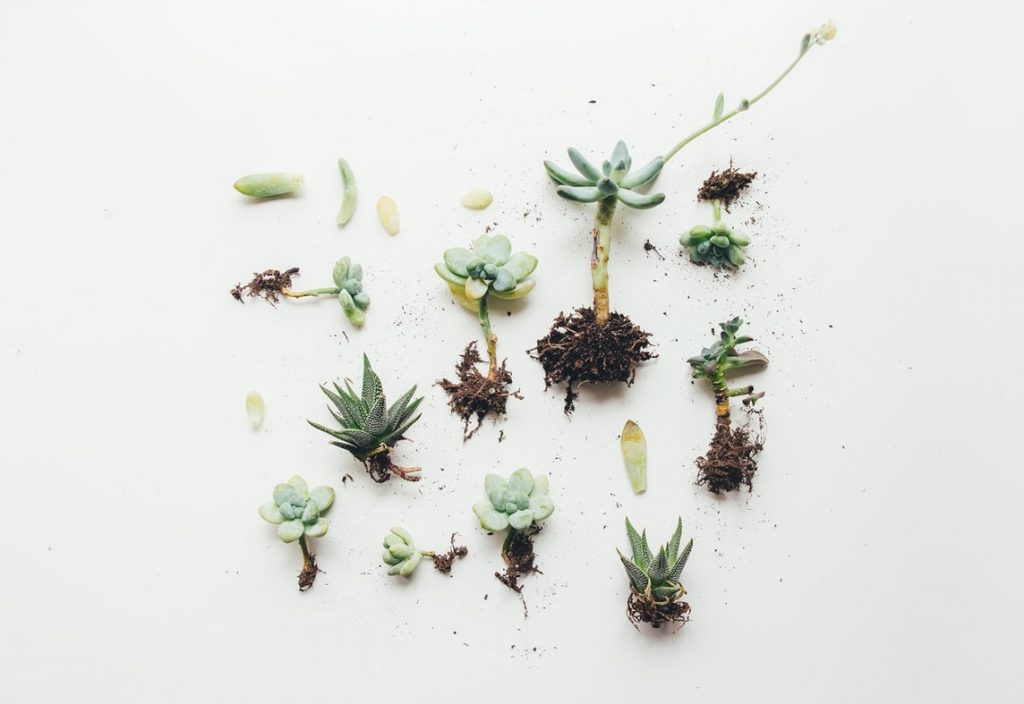
You can cut a side branch or top bud from a Jade Plant and then stick it in sand or vermiculite. Soon new seedlings will grow. In addition to stem cuttings, the leaves of the Jade Plant can also be used for reproduction. Try Jade Plant’s simple and successful method.
Cultivation Techniques
Sun
Jade Plant loves a sunny environment. In full sunlight, the plants grow very robustly and attractively. However, Jade Plant is also tolerant and can grow in well-lit indoor environments, making it an ideal ornamental succulent.

Temperature
Jade Plant has a similar habit to other succulents. It likes to grow in warm places. However, it should be noted that if you want Jade Plant to grow well at high temperatures, you must have good ventilation facilities. In the cold winter, although Jade Plant is strong in heat resistance, it still has poor tolerance to low temperature, so it is best to move it to indoor cultivation.
Moisture
Extremely drought-resistant, usually can not be poured too much water, otherwise easy to rot. During the growing period, Jade Plant should be watered with a small amount of water, and the interval between watering should be slightly longer to allow sufficient time for the potting soil to dry. And watering should wait until the soil is completely dry before watering, watering each time to pour through the mud. Jade Plant reduces water loss through leaf litter when the weather is too hot or too dry. When plants enter the dormant period, it is more necessary to reduce the frequency and amount of water to a minimum, so as not to cause pests and diseases.
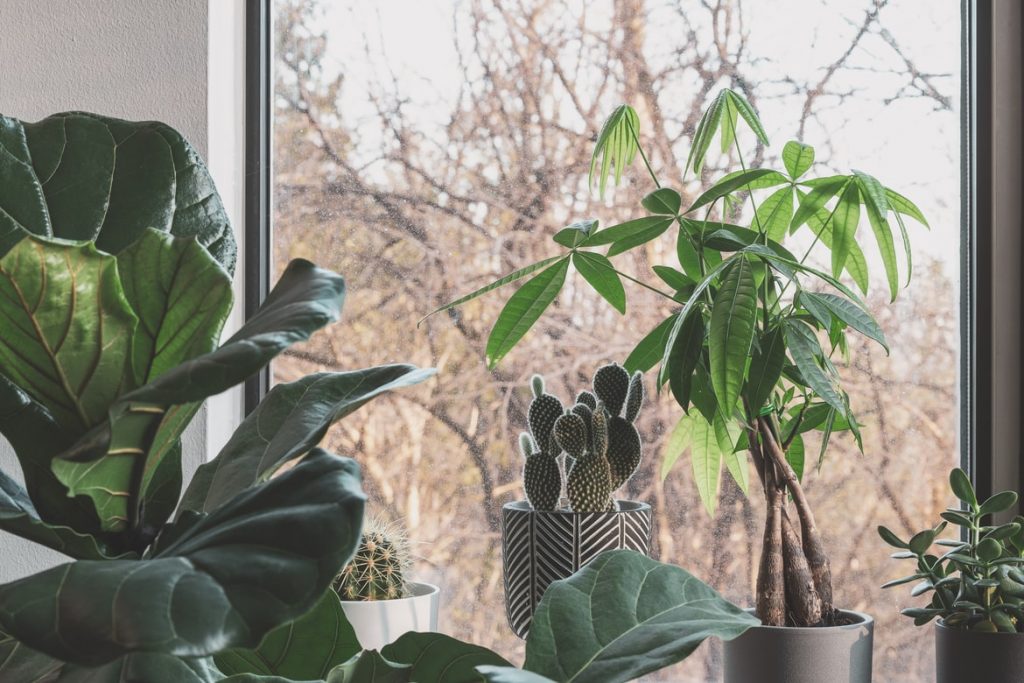
Fertilizer
Since the dormant period of the Jade Plant almost completely stops growing and does not require any fertilizer, except the dormant period, all Jade plants are in the growing period of Jade Plant. At this time, the growth of the Plant is quite obvious, so some nutrients need to be supplemented, such as diluted flower treasure or decomposed bean cake water.
Pot Soil and Change Pot
Except for young plants or seedlings, Jade plants do not need to be replaced every year. They need to be replaced only when the Plant is too lush or the root system is too developed. The process is quite simple: stop watering and let the pot dry completely, then dump the plant, remove the old soil and trim the roots, and finally plant the plant in a larger pot and replenish the pot. The time outside the dormancy period can be planted commonly. Jade Plant is suitable for planting in well-drained sandy or loam soil to prevent excessive retention of water in the soil and cause root rot.

Disease Control
Jade Plant is mainly affected by brown spot and leaf spot. Bordeaux liquid (1:1:100) should be sprayed once a month. Insect pest has a red spider, scale insect harm, usable 50% kill borer pine emulsion 1000 times liquid spray kill.
The Main Value
Ornamental Value
The leaves of the Jade Plant are fleshy, thick, green, and shiny. The leaves of the Jade Plant are as thick as coins and pleasing to the eye. It is an auspicious tree.

Application
Fine leaf variety in Jade Plant: tufted stems and leaves, green all year round, shaped like rock pine. Pale green flowers bloom in autumn, elegant and lovely. Suitable for potted ornamental, ornament tea table, desk, bookcase more attractive.
Landscape Utility
Jade Plant can be used as a foliage Plant for the ornamental greenhouse, or potted ornament on balconies, corridors, and indoors.


